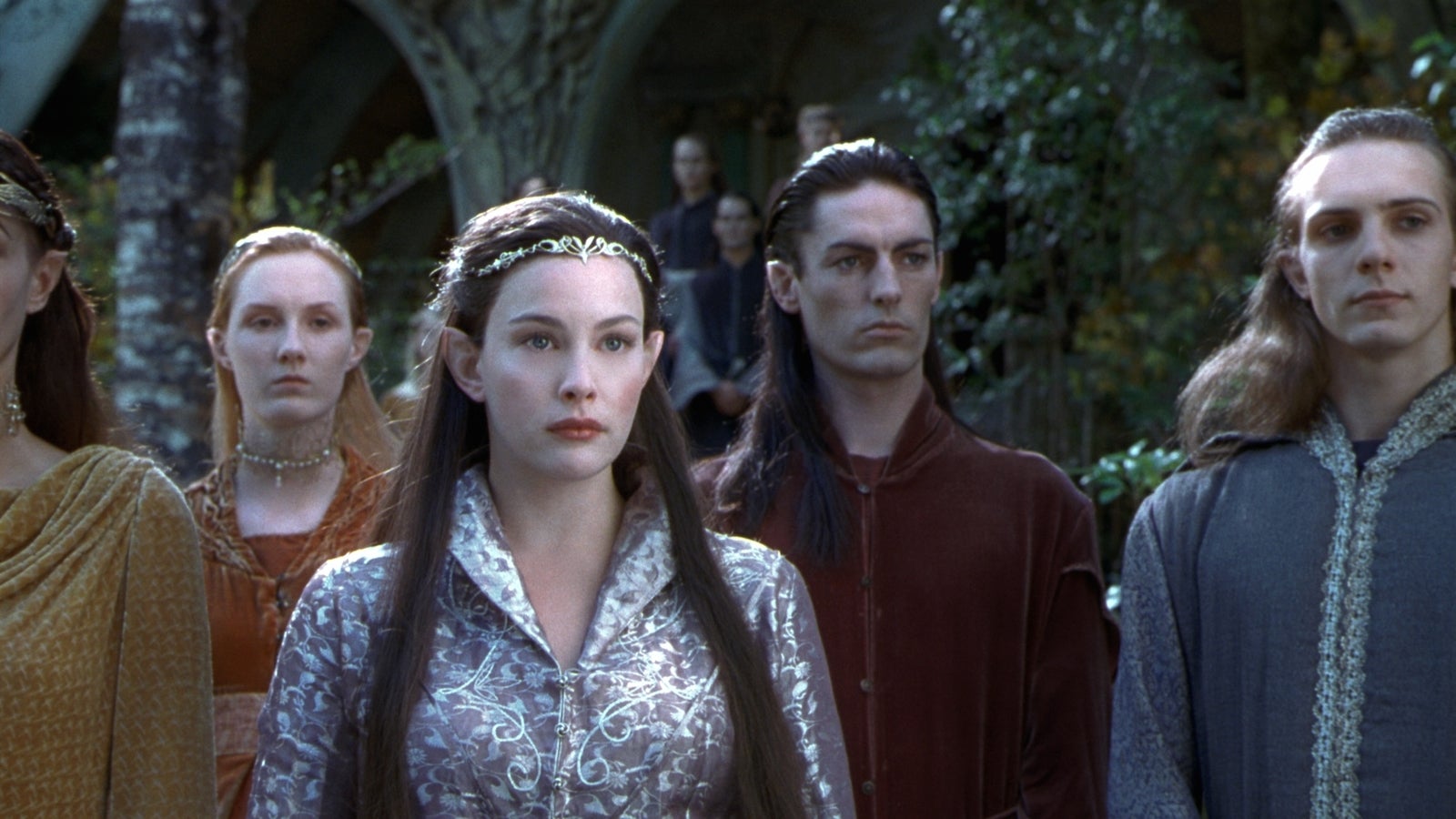J.R.R. Tolkien’s guide to inventing a fantasy language
The success of Peter Jackson’s Lord of the Rings and Hobbit trilogies brought the languages that J.R.R. Tolkien invented for the Elves to the attention of a much wider public. There are now numerous books and websites that allow devotees to learn Quenya and Sindarin. The origins of Quenya in Finnish and the Welsh inspirations of Sindarin have fascinated Tolkien fans, with many learning and expanding on the tongues that were created by the author the best part of 100 years ago.


The success of Peter Jackson’s Lord of the Rings and Hobbit trilogies brought the languages that J.R.R. Tolkien invented for the Elves to the attention of a much wider public. There are now numerous books and websites that allow devotees to learn Quenya and Sindarin. The origins of Quenya in Finnish and the Welsh inspirations of Sindarin have fascinated Tolkien fans, with many learning and expanding on the tongues that were created by the author the best part of 100 years ago.
Though enchanting, language invention has also baffled readers and critics alike. Bewildered critic Robert Reilly exclaimed in 1963: “No one ever exposed the nerves and fibers of his being in order to make up a language; it is not only insane but unnecessary.” But that’s where he was completely wrong.
Language invention for works of fiction has a long history, from Thomas More’s Utopia and Jonathan Swift’s Gulliver’s Travels, all the way to Tolkien’s immediate predecessors, such as Percy Gray and Edward Bulwer Lytton.
Tolkien himself began composing his Middle-earth mythology at a time when the vogue for artificial languages was at its zenith. At the turn of the 20th century, Esperanto was taking the world by storm, and it competed with more than 100 other artificial languages, including Volapuk, Ido, and Novial. It is also worth remembering too that this same period was a time of language experimentation. Russian zaum, the Dada movement and Modernism (among others) were attempting to break language and make it afresh.
Tolkien’s vice
In A Secret Vice: Tolkien on Invented Languages, edited by myself and Andrew Higgins, we present Tolkien’s own reflections on his language invention. In particular, the full publication of A Secret Vice, a paper Tolkien gave in 1931 at Pembroke College, Oxford, where he talked about his engagement with Esperanto and his contribution to nursery languages (codes children use, often for playful communication). Tolkien went on to unveil his many experiments in inventing new languages that would be aesthetically pleasing, including a sketch of a previously unknown imaginary language, published for the first time in the new book. He also commented on the “coeval and congenital” art of creating a world and characters that would speak these languages—the first seeds of the vast secondary world of Middle-earth.
The book also includes a hitherto unpublished new essay on phonetic symbolism, in which Tolkien muses on the idea that the sounds of words may fit their meanings. Tolkien’s drafts and notes for both essays are also included. Some of these notes make mention of James Joyce and Gertrude Stein—hardly the literary company one expects Tolkien to be seen alongside.
Contemporary popular culture has witnessed a renewed interest in fictional languages. Perhaps the best-known recent examples are Dothraki and High Valyrian, the languages invented by linguist David J. Petterson for HBO’s Game of Thrones. But they are by no means the only ones. Even non-fans of the Star Trek franchise will have at least heard of Klingon, and James Cameron’s Avatar also includes an invented language: Na’vi.
Whether intentional or not, Tolkien’s language creation has been highly influential for this new generation of inventors. In A Secret Vice, Tolkien outlined several rules for constructing imaginary languages, which later inventors appear to have followed.
First, invented names and words should be coherent and consistent. Their sounds should both be aesthetically pleasing and fit the nature of the people who speak them. For example, the phonetic make-up of Klingon befits its militaristic speakers (who else would recite Shakespeare’s “To be, or not to be” as “taH pagh taHbe”?)
Second, fictional languages should have a grammatical structure behind them. In Living Language Dothraki, Peterson gives all the grammatical rules you need to form questions such as “hash yer dothrae chek asshekh?” (“do you ride well today?”).
And finally, invented languages should be an integral, indeed vital, part of myth-making—as Tolkien said: “Your language construction will breed a mythology”. There are far too many examples to list here, but what may have astounded Tolkien is the central position that language invention has achieved in the building of new entertainment franchises such as Star Trek, Star Wars, The Lord of the Rings, and Hobbit films, and Game of Thrones.
Like Tolkien himself, many inventors of today’s fictional languages have been linguists and communicators: Marc Okrand, the inventor of Klingon, has a PhD in linguistics from Berkeley; Paul Frommer, creator of Na’vi, is professor emeritus of clinical management communication at the University of Southern California. Tolkien’s legacy also lives on in the many thousands of constructed languages (con-langs) which are invented just for fun and discovery through groups like the Language Construction Society.
What is rarer, and shows Tolkien’s genius, is that the complex interweaving of myth-making and language invention that make Middle-earth feel real was the achievement of a single man. And that is a tough act to follow.
This post originally appeared at The Conversation. Follow @ConversationUS on Twitter.